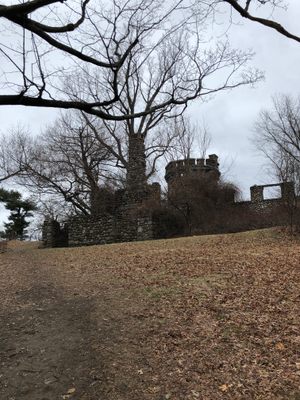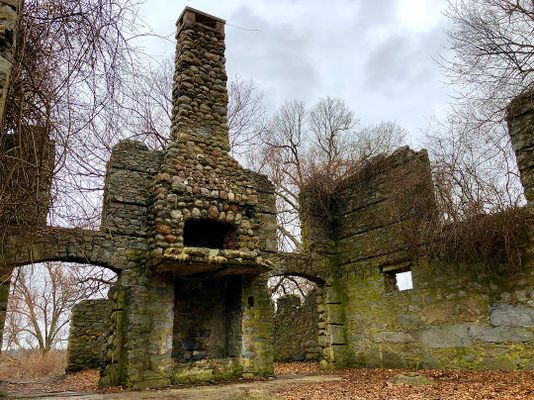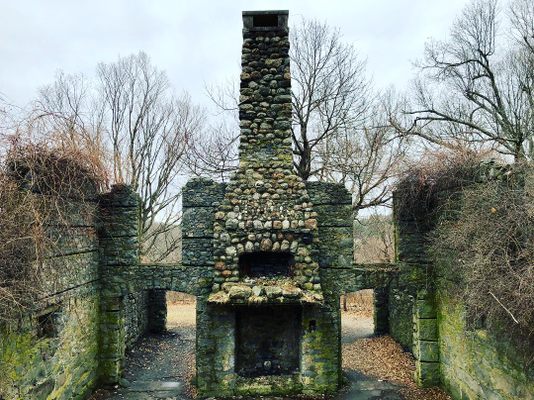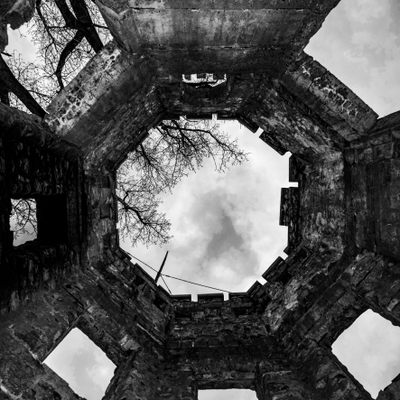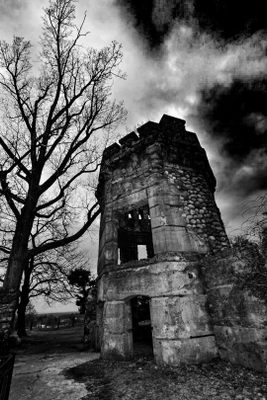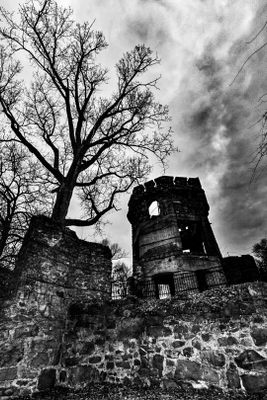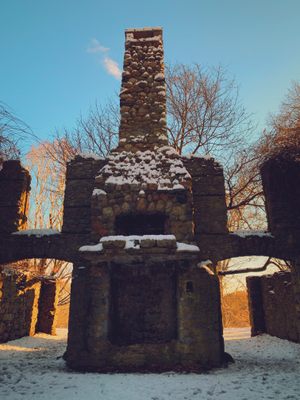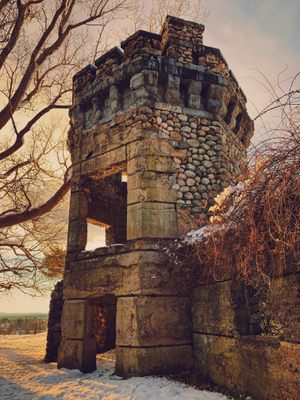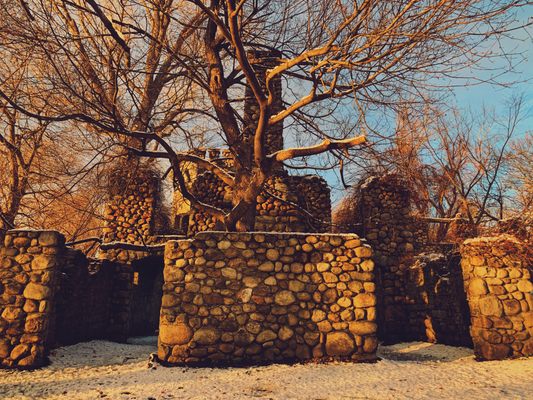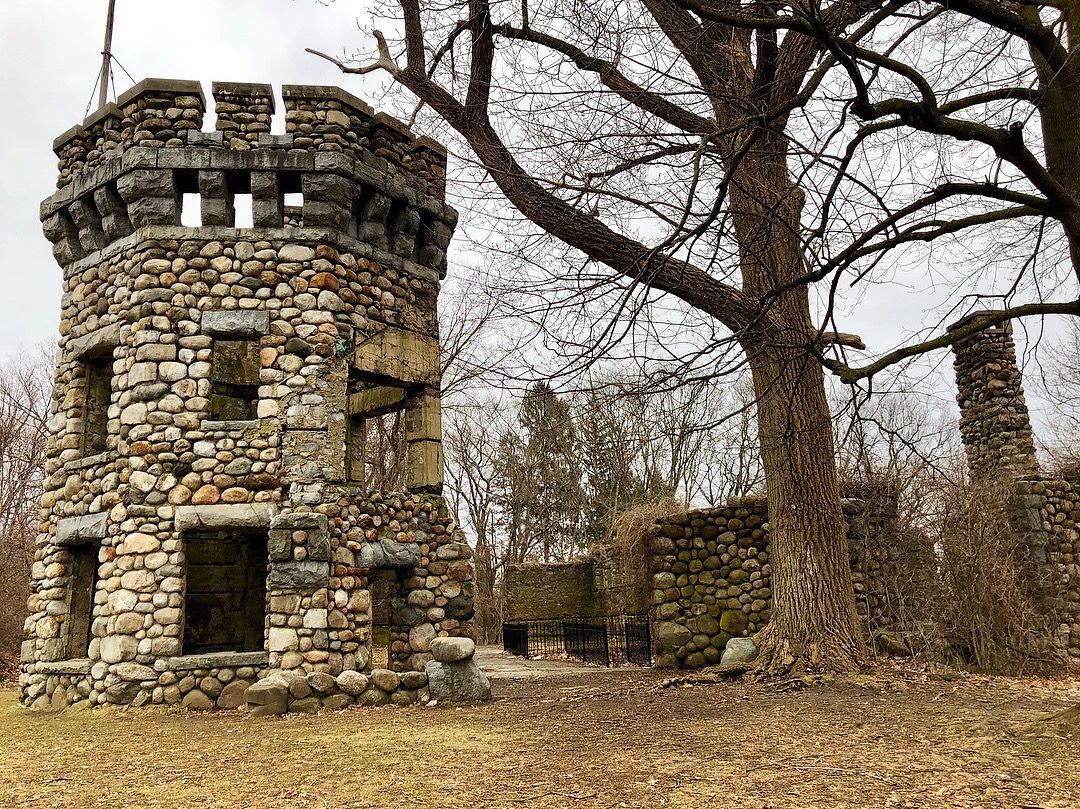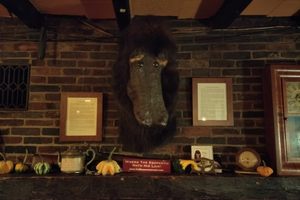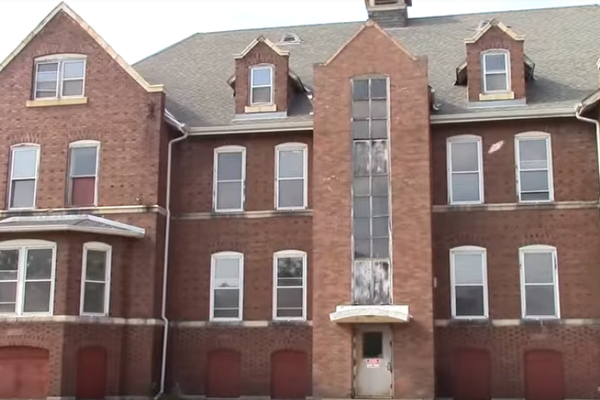About
After a long career as a soldier, politician, and businessman, in 1906 General William Bancroft began building his lavish retirement home on the scenic Gibbet Hill in his hometown of Groton in Massachusetts. He even had a name in mind: Shawfieldmont.
But Bancroft’s dream project only got as far as the bungalow and tower, when he ran out of money. He kept the property for 12 years, but then sold it to to Harold Ayers, a physician who converted the structure into a sanatorium. Through the 1920s, patients in the area suffering from ailments like tuberculosis who could afford to pay $20 a week reaped the benefits of the fresh air and treatments offered by the Groton Private Hospital, as Ayers named his facility.
When the hospital closed down toward the end of the decade, the space segued from sanatorium to social center, where dances and other events were held by the Groton Hunt Club. The fox hunting-related festivities came to end when parts of the structure were burnt down after a firecracker accident on the Fourth of July, 1932.
Now part of a hiking trail, the castle ruins offer great views and a perfect dramatic backdrop for local photographers and cosplayers. As with any ruins in New England, combined with the local legend that the hill was used for hangings in the 1600s, there are plenty of ghost stories surrounding the hill, such as sightings of figures wearing colonial garb and sporting disembodied limbs.
Related Tags
Know Before You Go
Gibbet Hill Grill allows visitors to Bancroft Castle to use the back of their parking lot to park and access the start of the trail. The trailhead is across a large field behind the barn buildings. Go around the pond towards Lowell St to find the trail. There is limited parking on Lowell St as well, though it is "closed" from "dusk to dawn."
Community Contributors
Added By
Published
June 2, 2017







